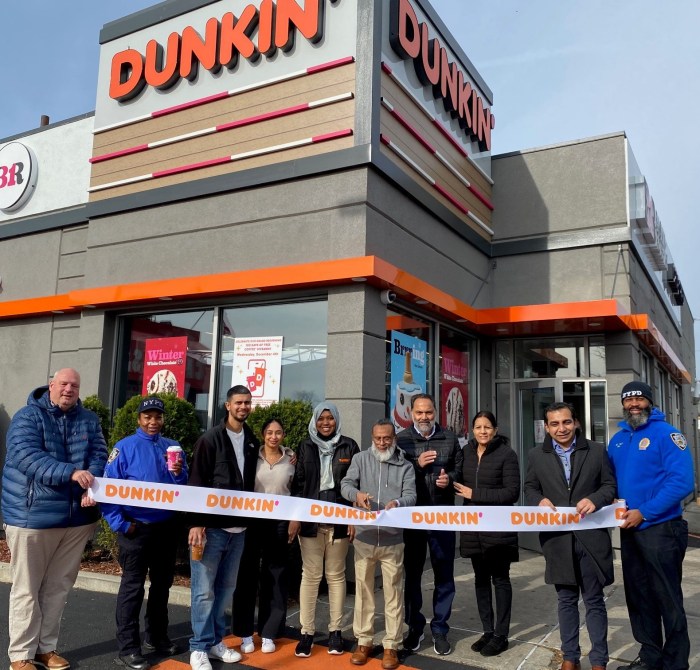By Prem Calvin Prashad
As one of the more vulnerable links in the business community, immigrant businesses struggled during the Great Recession. Though buoyed by growing immigrant communities, many found themselves in direct competition with chain stores and large retailers that have flourished in the past few years, some anchored by large-scale real estate development.
With a focus on supporting small businesses, community groups such as One Flushing promote small businesses as the foundation of the community and work on general quality-of-life issues to improve both the community and the business environment. I spoke with John Choe, director of One Flushing, on the business environment in the area.
The needs of local businesses are a priority for One Flushing, which is why the center advocates for an expansion of business assistance programs. A report published by One Flushing in May noted that a majority of businesses in the community were new and small-scale. Around 56 percent of business surveyed had been set up in the past six years and 80 percent of businesses surveyed hired 10 employees or less. Many of these were unaware of citywide and Queens-based business assistance programs, grants or the business improvement district that serves the area.
Some of the issues that affect new businesses and potential entrepreneurs are the difficulty in receiving credit to grow and expand their businesses. Choe noted that one barrier immigrant enterprise faces involves the documentation and established credit history required by traditional banks and lenders. This is not a new issue, as sources of immigrant credit and financing traditionally involve personal connections, such as pooled money from one’s hometown or rotating credit associations, where business owners finance each other.
This, of course, has risks, as these non-traditional forms of lending carry inherent risks of fraud and loss of capital. Choe said organizations, such as the nonprofit Renaissance Development Corp., acknowledge these difficulties and require a lower level of documentation than a traditional bank and a lower borrowing ceiling. The RDC works with government and private entities to provide financial and technical assistance to small businesses.
Choe also discussed the need for greater investment by the Metropolitan Transportation Authority in Flushing, noting that it remains a major transit hub. While planned improvements to the Flushing Long Island Rail Road station, including elevators, are welcome, other links require attention. Choe said improvements to the No. 7 train, such as the East Side Access plan in Manhattan, are of negligible benefit to Flushing and noted that the next mayor must “hold the MTA and other transportation accountable to provide a corresponding level of investment.”
Particularly, he pointed to a lack of transit links between Queens and Brooklyn. Indeed, the fastest way to get to many parts of Brooklyn from Flushing involves commuter vans rather than MTA buses or the subway.
Although congestion is endemic to Flushing and this benefits the retail sector, Choe said the loss of the municipal parking lot exacerbated an already difficult parking situation. The Flushing Commons development is under construction on the site of the former lot. This is indicative of a need to balance development with investment and improvement in infrastructure.
One Flushing engages businesses, religious organizations and civic groups to encourage community-based thinking and advocacy in Flushing. In addition to a recent interfaith walk and green jobs fair, the group has gathered volunteers to paint a mural near the Flushing LIRR station.
Later this month, volunteers will make improvements to the mural, including a protective coating and additional lighting for the artwork. More information on that effort is available on the group’s Facebook page.



































